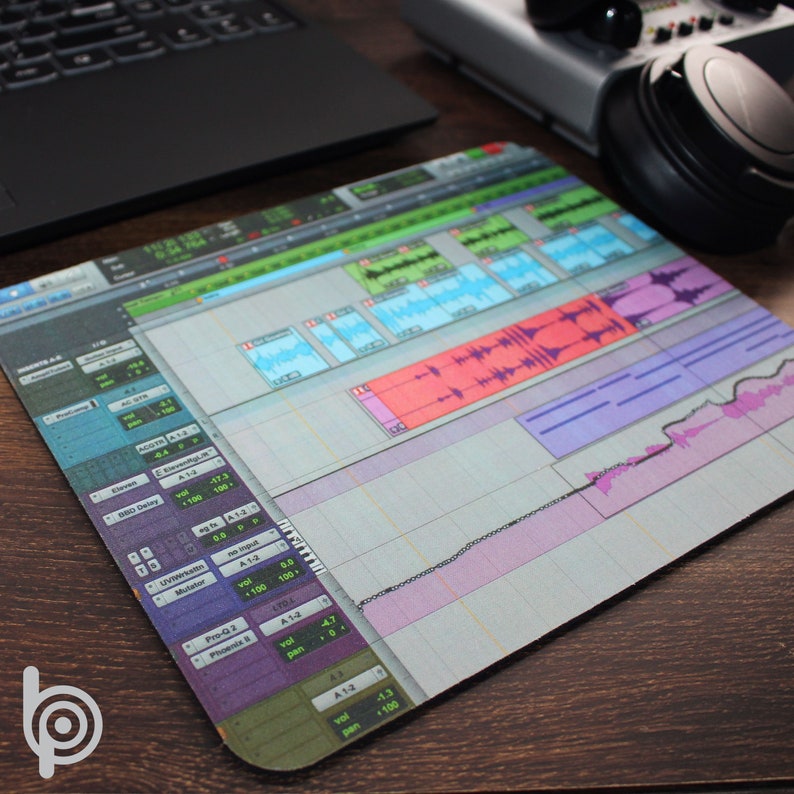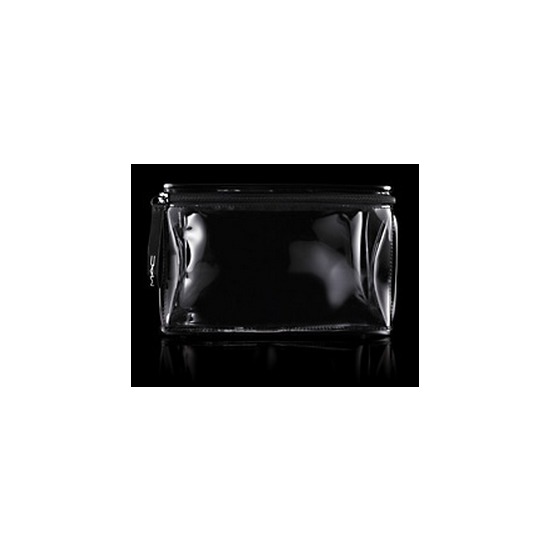

Select the frame you would like to add another layout grid to.This is handy when developing more complex Layouts.įor example: You can apply both Column and Row layout grids for more control over vertical and horizontal alignment. Use the color picker to select a new color:Īs we mentioned above, you can apply many layout grids to a single frame.You are able to change the Color and Opacity of any layout grid:

The default color of a layout grid is red (#FF0000), with an opacity of 10%. The Width or Height of the grid will be automatically determined, based on the frame size. This allows your designs to respond accordingly when the frame is resized. Stretchy grids will adapt to the size of the frame. The Left or the Center of the frame for Columns.The Top or the Center of the frame for Rows.There are two different types of layout grids: Fixed and Stretchy.įor Fixed layout grids, you can determine both the Width (of the columns) or Height (of the rows), as well as the Count (number) of columns or rows. This applies to rows set to top and columns set to left. The Offset is the distance from the top or left the column or row starts from.

Rectangle pro mac update#

Reduce the time taken to define layouts for mock-ups or wireframes.Make fewer decisions when defining layouts.Establish consistency across multiple platforms.This could be a top-level frame, or a frame nested within another frame. You can only apply layout grids to frames. This means they aren't dependent on a specific resolution or dimensions. Layout grids aren't reliant on the pixel grid. They help our designs remain logical and consistent across different platforms and devices. They provide visual structure to our designs. Layout grids help us to align objects within a frame. Learn more about how you can use layout grids in our blog post: Grid Pro Quo.Check out our answers to Frequently asked questions at the bottom of this page.A layout grid gives us greater flexibility in implementing our designs. The pixel grid gives us precision and control over placement. To allow our designs to adapt, we need both precision and flexibility. When designing for the screen, there are any number of layouts to contend with.


 0 kommentar(er)
0 kommentar(er)
